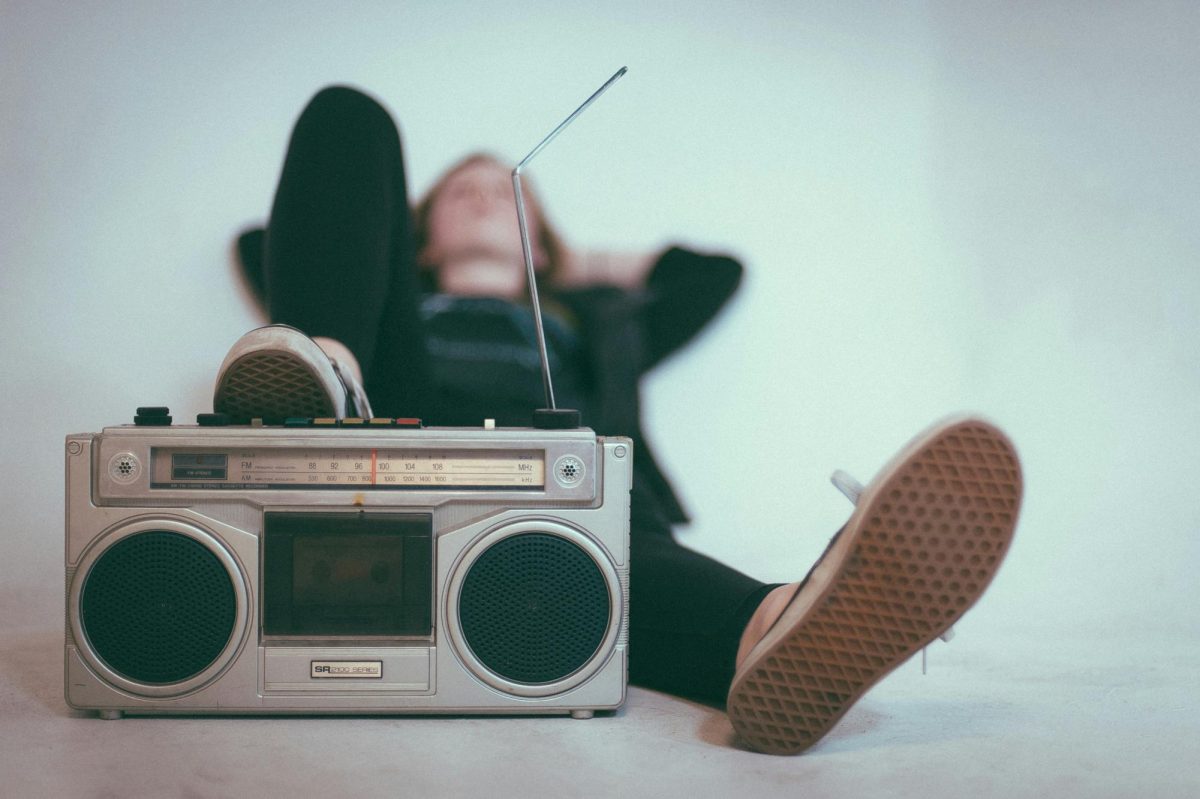In spirit of Indigenous People’s Day on Oct 11, the Saga interviewed Chief Lynn Malerba as the sitting Chief of the Mohegan Tribe
INTERVIEW BY: KENNEDY HOLSAPPLE

Viking Saga: How does your
government work?
Lynn Malerba: Our government is run by a constitution. We have a Tribal Council who is in charge of legislative affairs, our business and our intergovernmental affairs with local, state, and federal government. We have an elected Council of Elders, and they are responsible for our constitution; they’re considered our supreme court and they are also responsible for culture. They name traditional positions such as chief, but once appointed those positions do not report to them. We operate a government like every other town does. We have a fire department,
a health and human services department, and paramedics and an ambulance service. We also have a cultural department. We operate a museum. We have an archaeological department, and we have a historian.
VS: What does Indigenous People’s Day mean to you and the Mohegan Tribe?
LM: Indigenous People’s Day is a nice recognition of the fact that we’re still here. When I’m asked to speak during Native American History Month, I don’t talk about history as much as I talk about the fact that we are resilient. We have survived and we still have very vibrant communities. I am still learning, you know, you think about the history we are taught – I went to Mohegan School in Uncasville. It was named after us, but it wasn’t a tribal school. I learned Columbus discovered America. I was a shy, little girl, I wasn’t going to say, ‘no, that’s not exactly right.’ Tribes have contributed a lot of knowledge to the country as well as land and resources, and I think that’s what Indigenous People’s Day should be about: celebrating who we are and who we have been.
VS: What do you want people to know about your tribe?
LM: We lost 90 percent of our land base and 90 percent of our people between the 1600s-1700s. Our elders held on. They preserved some of our sacred sites as best as they could. One of our burial grounds was made into a state park. It was taken from us by eminent domain in the 1950s, and we didn’t have enough money to fight the state on that; we had to purchase it back, which we did. It was an active burial ground, and the state wanted us to pay a toll to go into the state park at one point. All of our tribal elders understood what was important and they held onto our culture and continued our traditions. They strengthened us, so that we are still here today. The fact we are still here points to the resilience and perseverance of our leaders in the past.
VS: What are you doing to preserve your culture?
LM: We have a whole cultural department. We have a summer camp normally and the kids do a lot of fun activities and learn a little bit about their language and their ancestors. Normally, we have a Wigwam every year, and there’s dancing, storytelling, singing and vendors. They have traditional food like sassafras tea and corncakes. It’s a way to share your culture, not only with your own people but with everyone else, with our neighbors. It’s very special to be an Indigenous person. You’re so connected to the people who came behind you. When I was installed as chief, I
said, we follow the path of our ancestors and we need to leave footprints on the path so that those that come behind us can find their way easily.









